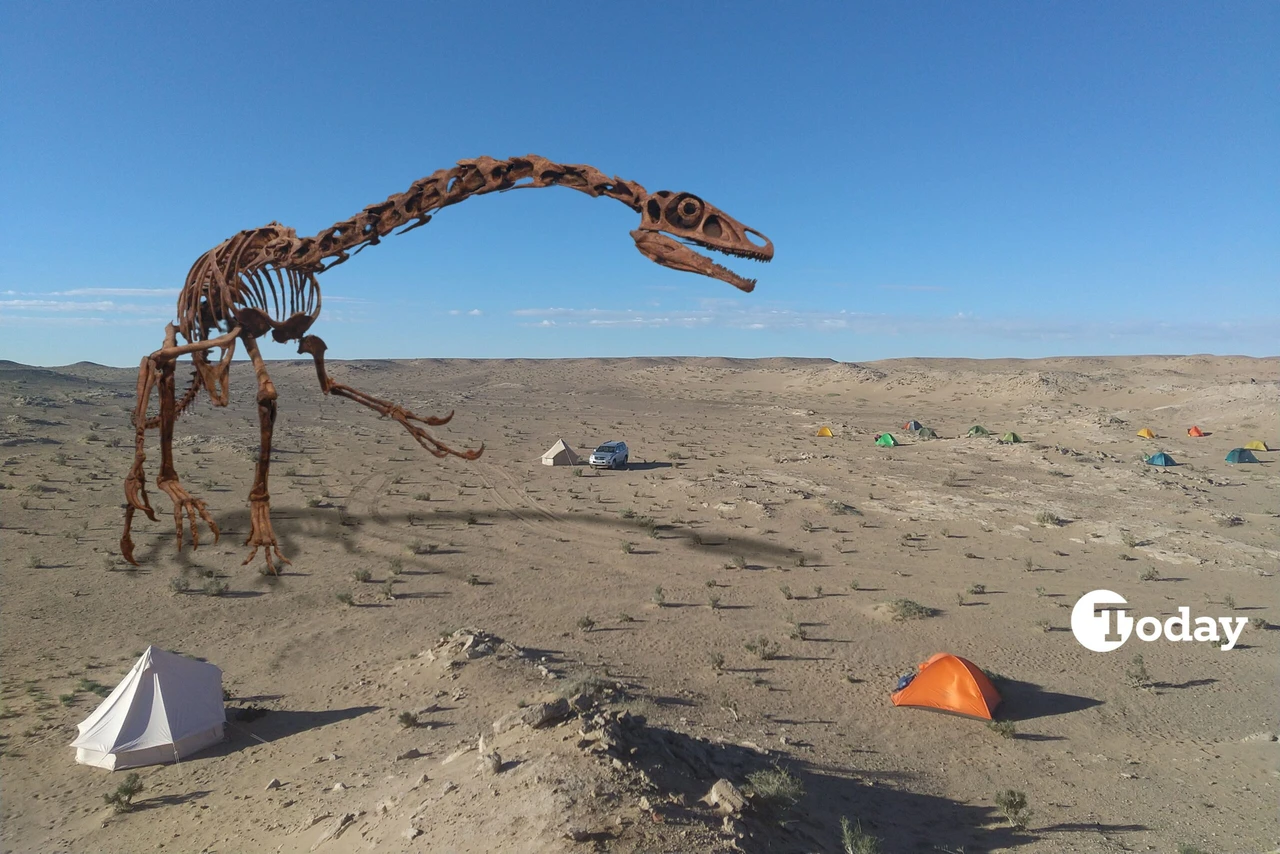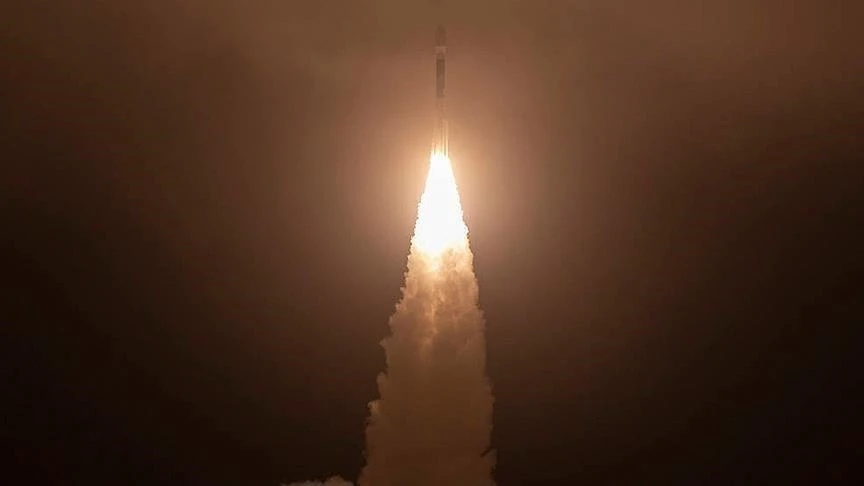New approach to carbon-14 dating rectifies date of Neolithic period
An international team of researchers has succeeded in accurately dating the Neolithic tombs of Sakhtysh (Russia) through isotope analysis, revealing a 900-year deviation in their dates
An international team of researchers from the Leibniz-Zentrum fur Archaologie (LEIZA), the ROOTS Cluster of Excellence and Kiel University (CAU) have succeeded for the first time in accurately dating Neolithic burials at the vital settlement of Sakhtysh (Russia), thus identifying new patterns in the cultural development of the period.
“The method used here also enables more precise dating of human remains at other sites with similar environmental conditions,” said Dr. John Meadows, lead author of the study published in the journal Science Advances.
Excavations between 1962 and 1992 at Sakhtysh, about 200 kilometers (124.2 miles) northeast of Moscow, in northeastern Europe’s most significant ancient cemetery, found about 180 Neolithic tombs and dated them to 5000 and 3000 B.C.
The research team developed a new approach by performing isotope analyses of two human samples at Sakhtysh.
One sample was taken from a tooth, and the other from a petrous bone.
These are the only mineralized parts of the human body that do not remodel after they are formed, and they are formed at different ages.
Using a mathematical model of the differences in the tooth and bone samples, the analysis revealed a shift in the dates of some graves by up to 900 years.
These corrections showed that the burial site had a new chronology, allowing for new interpretations of the cultural background. For example, an anomalous grave dating to the early 3rd millennium B.C. turned out to be the youngest, while the oldest graves date to the early 5th millennium B.C.
Source: Newsroom



